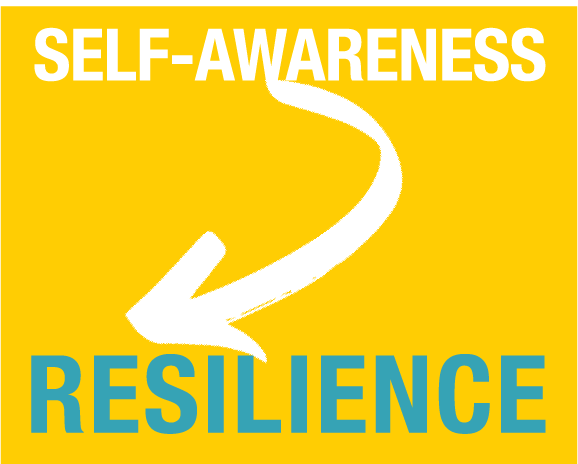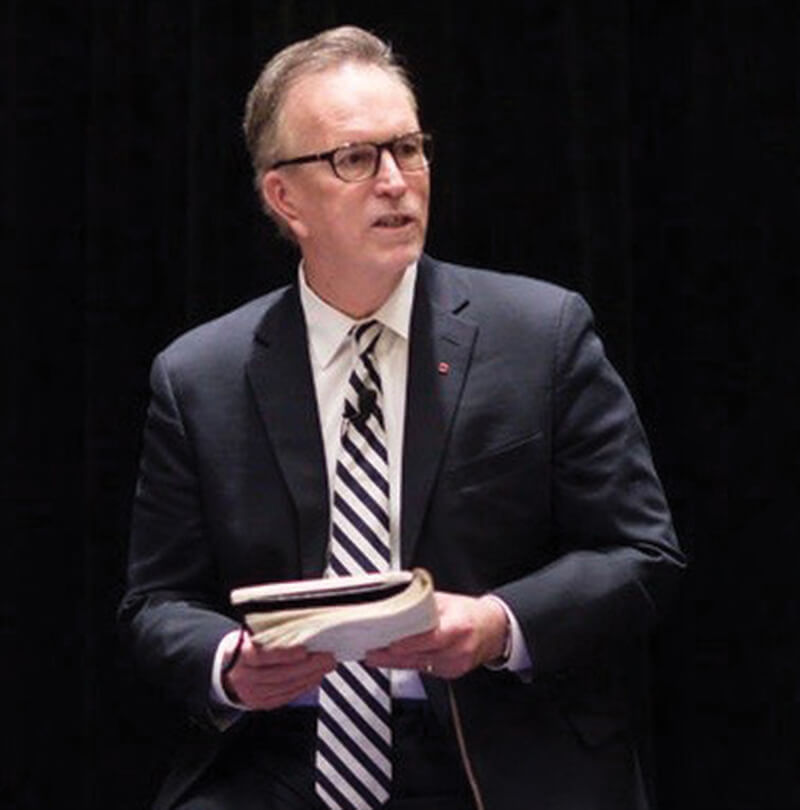Towards
A Resilient Way
by Dave Gilmore
President and CEO, DesignIntelligence
In challenging times, being connected is more important than ever. Relationally, we bounce back. Resilience is a matter of time in the recovery and functional relevance of an organization.
Everything, when it is as it should be, is connected. All nature is designed to be connected.This vast network of interconnectedness is what binds together the world as we know and understand it. When failure and conflict occur it’s a matter of disconnectedness. On every dimension, large and small, across all known categories of nature, disconnectedness is the root of failure and conflict.
This is perhaps most true in humanity. Humans were meant to be together. It is an innate dynamic of humanity that we operate across an interdependent reality. It’s the basis for economics, commerce, business and effective healthcare. Human cultures are founded on the principle of interdependence, without which no culture would survive. When we acknowledge and invest in interdependency and interconnectedness, we ensure the future culture.

A Resilient Way is marked by relational connectedness, the interconnected, interwoven relationship dynamic of cultural participants. Organizations sustain and flourish in a context of healthy relationships. The idea of healthy relationships is naturally marked by unity, togetherness, alignment… connectedness. Far too often we come apart, pull away, and disconnect from one another to find ourselves operating in and through aberrant ways and means. We either feel or become isolated by virtue of this disconnectedness. In a disconnected state we lose perspective, adopt a myopic view, and even become paranoid. These are not the attributes that mark resilience.
Investment in the mechanisms and actions of connectedness ensures that when hits and downsides assault the culture, the culture bounces back, adapts, and springs forward to flourish towards its next iteration.
Throughout the past twenty years much has been written regarding resilience. From medical science and agriculture to societal events and economics to geo-political dynamics, the topic of resilience has become a regular theme across many communication channels. One especially encounters the theme when a newsworthy traumatic event occurs, such as an attack on human life or a major environmental impact.
With the global emergence of the coronavirus and the apparent end of the longest economic recovery in history, it seems clear that the global economy, in particular, the US economy, is entering another cycle of economic turmoil and business disruption directly impacting the built environment industry. If this is true, it’s incumbent on business leaders to begin immediately securing their businesses in ways that ensure resilience. Thus, a Resilient Way.
Do I have anything new to add to resilience’s growing body of knowledge? I have this: I speak to the topic as a concerned business thinker whose career has been focused on both sustainability and fulfillment. And that begs a few other questions like, “What is the best and most inclusive definition of sustainability?” and “How does one most effectively apply fulfillment to a business context?” I’ll do my best to offer insightful responses.
Like no time before, resilience, as a basic quality of business sustainability, is required in the new economic reality. Gone are the days before globalism, ubiquitous connectivity, instantaneous deep, wide access to knowledge, and a set inventory of reliable economic indicators. Everything has changed and will continue to, faster and faster, until what we dream of is a current reality on the cusp of changing again.

In 1981, Buckminster Fuller, wrote his infamous book, Critical Path. In it, he stated that knowledge was changing at unprecedented rates. IBM asserts that knowledge is doubling every 12 minutes due to the nature of internet architecture and its associated oceans of data. As such, it’s projected this will accelerate to a velocity of knowledge doubling every minute by 2025.
We have to ask ourselves, “To what end?” The increase in information and the possibilities of knowledge at such rates act as a two-edged sword. On one edge this phenomenon evokes god-like possibilities, breakthroughs in science and creativity that could possibly address the most instinctual of human drives; the drive to survive - and rid the world of mortal diseases, plagues, famines, and death itself.
On the other edge we are cut to the quick by how such knowledge might be used, manipulated, expressed, and executed. We are often obtuse to the “other side of the same coin” when focused on achievement, leaving us exposed to risk - known and unknown, acknowledged and uncontemplated.
Regardless of this reality one thing remains true; along the way we will be faced with challenges, troubles, losses, and sometimes traumas. The question of, “How to keep going?” comes front of mind.
Resilience is the fundamental idea of recovery. Knock me down and in my resilient form I’ll recover and get back on my feet. The time it takes to recover is a matter of fitness. In the language of physical fitness, it’s the time to recover from exertive exercise that determines the fit from the unfit. In other words, fitness related to resilience is a function of time. And so it is with business. Resilience is a matter of time in the recovery and functional relevance of an organization.
In the Great Recession of 2008-2011, many companies proved to be non-resilient, unfit to recover before they ceased to exist. The hard-hitting unexpected shock to the financial infrastructure of the U.S., and many other countries globally, resulted in thousands of companies going under, never to return. The fallout was so deep and wide that tens of thousands of people in the U.S. lost their jobs.

At the professional practice level of architecture, engineering, and construction, by 2014 the newly configured AEC landscape reported dramatic work backlogs amounting to billions of dollars. Still, the questions remain, “What has changed in these practices to build resilience into their firms? What fundamental work and cultural habits have been altered to prevent a repeat of the Great Recession’s devastation at the base professional practice level?”

Do traditional architecture, engineering, and construction remain as they are, morphing incrementally, or is there a ubiquitous transformation necessary in these professions to dismiss the obnoxious question of relevance and position the professions at the front of the “Smart World” movement?
Relevance is a matter of awareness. Being aware of the multiple contexts we practice within and those we interface with. But like resilience, relevance is an ever-changing dynamic.
New models for the professions and the business of the professions are critical. A new resilience must be introduced as opposed to that of hopeful endurance. Resilient organizations are quick to recover from setback. Rapidly yet intelligently they adapt to the altered context of business dynamics and stride forward with exemplary confidence to flourish where others languish.
How do we get there from here? What are the firsts and seconds of successful, effective change? Too often we rush in hoping to change things, believing that action is the answer, but resulting in frustration, expectation failures, and backwards momentum.
Moving towards resilience begins with honest self-awareness. As a professional firm, this means coming to an understanding of where each leader is and how they relate to one another. Absent this, the firm struggles in the fog of uncertainty simply because the leaders aren’t sure of one another, establishing doubt and suspicion as their interaction model.
The basis for successful effective leadership is relational trust. It’s that quality of interaction marked by an open, intelligent vulnerability, inviting input from the trusted and being humble enough to know you don’t know. This is part of professional maturity; knowing you don’t know as opposed to not knowing you don’t know.
When leaders adopt a mutual self-awareness, it allows them to turn inside-out and become others-focused. This is because they’ve stopped obsessing about themselves and are now focused on the people and clients they serve. Focusing in an interdependent context on the essentials of interconnectedness ensures the deep foundations of resilience we will need to call upon in the challenging days ahead.
Now more than ever before, we are calling the professions towards a Resilient Way.


